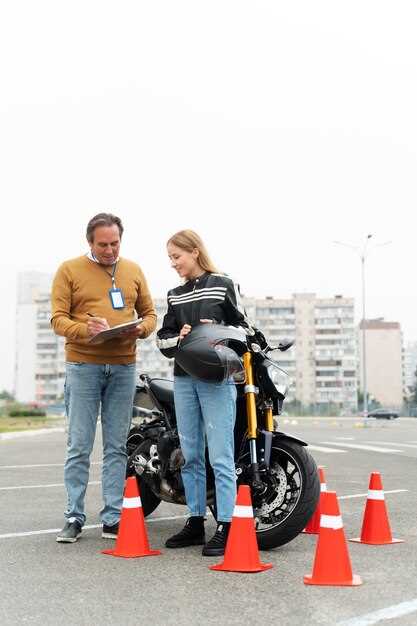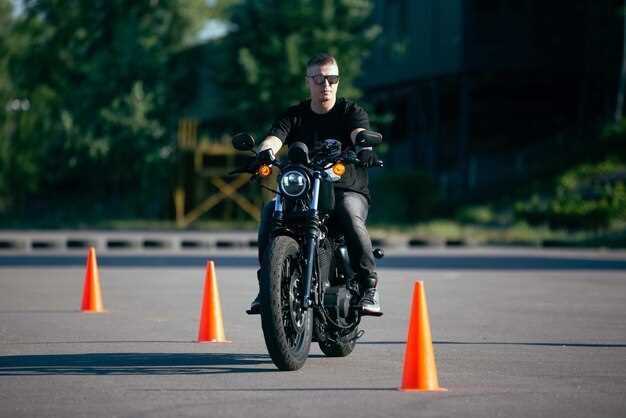

Motorcycling offers a unique blend of freedom and exhilaration, but it also comes with significant risks. Ensuring safety while riding requires more than the ability to operate a motorcycle; it demands a proactive mindset and a keen understanding of defensive riding techniques. These techniques are essential for minimizing risks and enhancing your ability to react to unpredictable situations on the road.
Defensive riding is fundamentally about anticipating potential hazards and making informed decisions to avoid them. By employing specific strategies, riders can improve their situational awareness and decrease the likelihood of accidents. Techniques such as maintaining safe following distances, scanning the road ahead, and using effective communication with other road users are crucial elements of this approach.
Moreover, mastering the physical aspects of control, including proper braking, smooth cornering, and maintaining balance, is equally important. Riders must integrate these techniques into their everyday habits, allowing them to navigate diverse riding conditions confidently. By focusing on these best defensive riding practices, motorcyclists can significantly enhance their safety and enjoyment on the open road.
How to Maintain Optimal Visibility While Riding
Maintaining optimal visibility while riding is crucial for safe motorcycling. Here are key strategies to enhance visibility on the road.
First, ensure your motorcycle’s lights are functioning properly. Regularly check headlights, tail lights, and turn signals for brightness and clarity. Replace any burnt-out bulbs immediately, and consider upgrading to high-intensity bulbs for better illumination.
Wear appropriate gear that increases visibility. Choose helmets, jackets, and pants with reflective materials or bright colors that stand out in various lighting conditions. Accessories like reflective vests or armbands also enhance your visibility to other road users.
Adjust your riding position to maximize visibility. Sit up straight and keep your head up to scan your surroundings effectively. Use your mirrors often to keep an eye on traffic behind you. Maintain a safe distance from vehicles to allow for reaction time and better visibility of hazards.
Pay attention to your line of sight. When approaching corners or obstacles, lean your motorcycle slightly to increase your view of the road ahead. Look for escape routes and potential hazards that could obstruct your path.
Utilize your riding environment to your advantage. Position yourself where you are most visible to other drivers, such as in their rearview mirrors. Avoid riding in blind spots and always be aware of the positioning of surrounding vehicles.
Understand the effects of weather conditions on visibility. In fog, rain, or snow, reduce your speed and increase your distance from other vehicles. Use your headlights even during the day in low visibility conditions. Rain can make road surfaces slippery, requiring additional caution and awareness.
Finally, keep your visor clean and scratch-free. A clear visor allows for better vision during your ride and reduces glare from sunlight. If your helmet has an internal sun visor, ensure it’s functioning properly to help manage light levels effectively.
By implementing these strategies, you’ll be better equipped to maintain optimal visibility while riding, enhancing your overall safety on the road.
Strategies to Anticipate and React to Potential Hazards

Effective defensive riding begins with the ability to anticipate potential hazards on the road. One key strategy is maintaining a constant awareness of your surroundings. This includes monitoring the behavior of other vehicles, pedestrians, and road conditions. Always keep your head on a swivel, frequently checking mirrors and scanning the road ahead for any unexpected situations.
Another important technique is to maintain a safe following distance from the vehicle in front of you. This distance allows for adequate reaction time should the vehicle suddenly brake or encounter unexpected obstacles. As a rule of thumb, maintain at least a three to four-second gap, increasing this distance in adverse weather conditions or heavy traffic.
Proactive scanning of the environment involves looking for clues that might indicate potential hazards. Watch out for brake lights ahead, road signs signaling upcoming turns or obstacles, and the presence of cyclists or pedestrians. Identifying these indicators early gives you the advantage of preparing for necessary adjustments in speed or direction.
Being mindful of blind spots is crucial. Whenever possible, position yourself where you can be seen by other drivers and avoid lingering in areas where they may not notice you. Use your lane positioning to maximize visibility, and always signal your intentions well in advance to alert others to your movements.
Practice the “what-if” scenarios to simulate potential hazards. Consider different situations, such as sudden stops or lane changes by other motorists, and mentally rehearse your responses. This technique enhances your ability to react quickly and confidently when faced with real-life challenges.
In some cases, potential hazards may arise from road conditions, such as sand, gravel, or potholes. Anticipating these issues means adjusting your speed and positioning ahead of time. Ride smoothly, avoiding abrupt movements that could destabilize your motorcycle on uneven surfaces.
Lastly, staying up-to-date with defensive riding courses or advanced motorcycle training can equip you with additional strategies and techniques. These programs often provide hands-on experience and insights into effective hazard anticipation and reaction, ultimately making you a safer rider.
Proper Body Positioning and Control for Improved Stability

Maintaining correct body positioning while riding is crucial for enhanced stability and safety on the motorcycle. Proper posture affects balance, control, and the overall handling of the bike. Here are key factors to consider for effective body positioning:
- Feet Placement: Keep your feet firmly on the footpegs to maintain balance. Position them with the balls of your feet on the pegs to allow for quick shifts when needed.
- Knees Grip: Squeeze the tank with your knees to stabilize your body. This grip helps absorb bumps and provides additional control, especially during cornering.
- Upper Body Relaxation: Maintain a relaxed upper body, keeping your arms slightly bent. This posture allows better handling and reduces fatigue during long rides.
- Head Positioning: Keep your head up and eyes looking forward. This not only improves your visibility but also helps you anticipate upcoming obstacles and changes in the road.
- Center of Gravity: Keep your body low and centered over the bike. Lowering your center of gravity enhances stability, especially during turns and high-speed maneuvers.
By mastering these body positioning techniques, you will experience improved stability and control while riding. This will ultimately lead to a safer and more enjoyable motorcycle experience. Practice diligently to make these techniques second nature and ensure your safety on the road.





